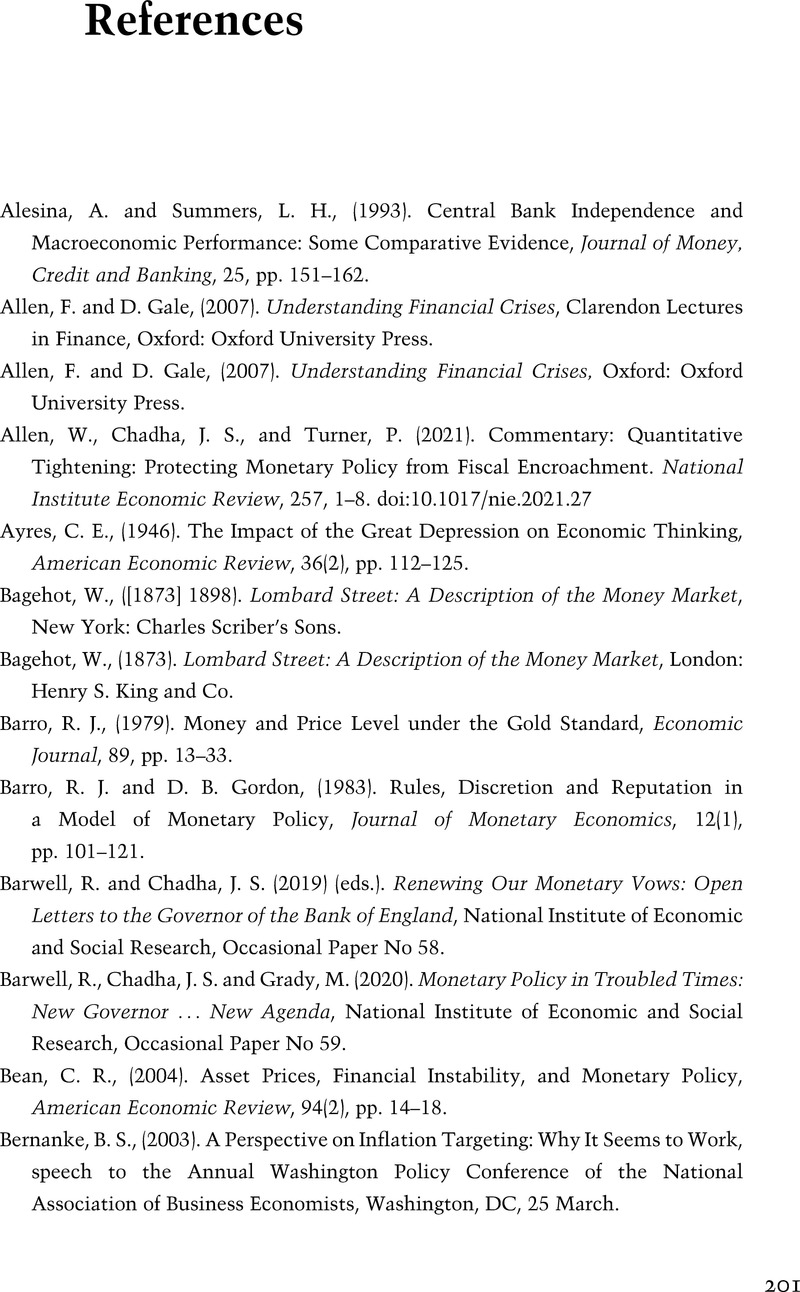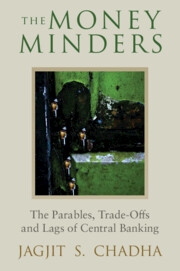Book contents
- The Money Minders
- The Money Minders
- Copyright page
- Contents
- Figures
- Preface
- Acknowledgements
- 1 Of Gold and Paper Money
- 2 The Great Depression and Its Legacy
- 3 Fine-Tuning Out of Control
- 4 A Science of Monetary Policy
- 5 Where the Great Experiment Went Wrong
- 6 The New Art of Central Banking
- Epilogues
- Epilogue 1: Why Forecast?
- Epilogue 2: Monetary Policy in Troubled Times
- A Final Word
- References
- Index
- References
References
Published online by Cambridge University Press: 17 February 2022
- The Money Minders
- The Money Minders
- Copyright page
- Contents
- Figures
- Preface
- Acknowledgements
- 1 Of Gold and Paper Money
- 2 The Great Depression and Its Legacy
- 3 Fine-Tuning Out of Control
- 4 A Science of Monetary Policy
- 5 Where the Great Experiment Went Wrong
- 6 The New Art of Central Banking
- Epilogues
- Epilogue 1: Why Forecast?
- Epilogue 2: Monetary Policy in Troubled Times
- A Final Word
- References
- Index
- References
Summary

- Type
- Chapter
- Information
- The Money MindersThe Parables, Trade-offs and Lags of Central Banking, pp. 201 - 209Publisher: Cambridge University PressPrint publication year: 2022



